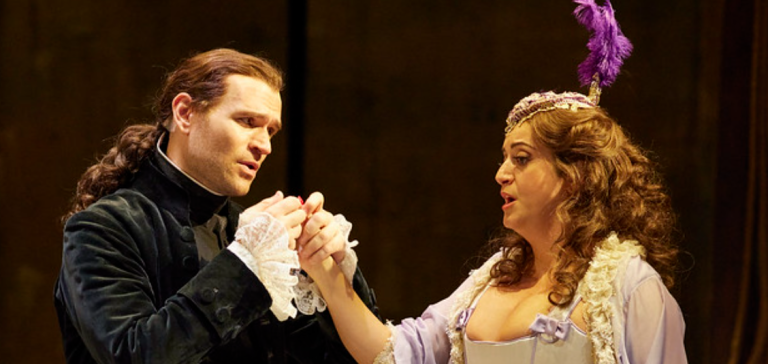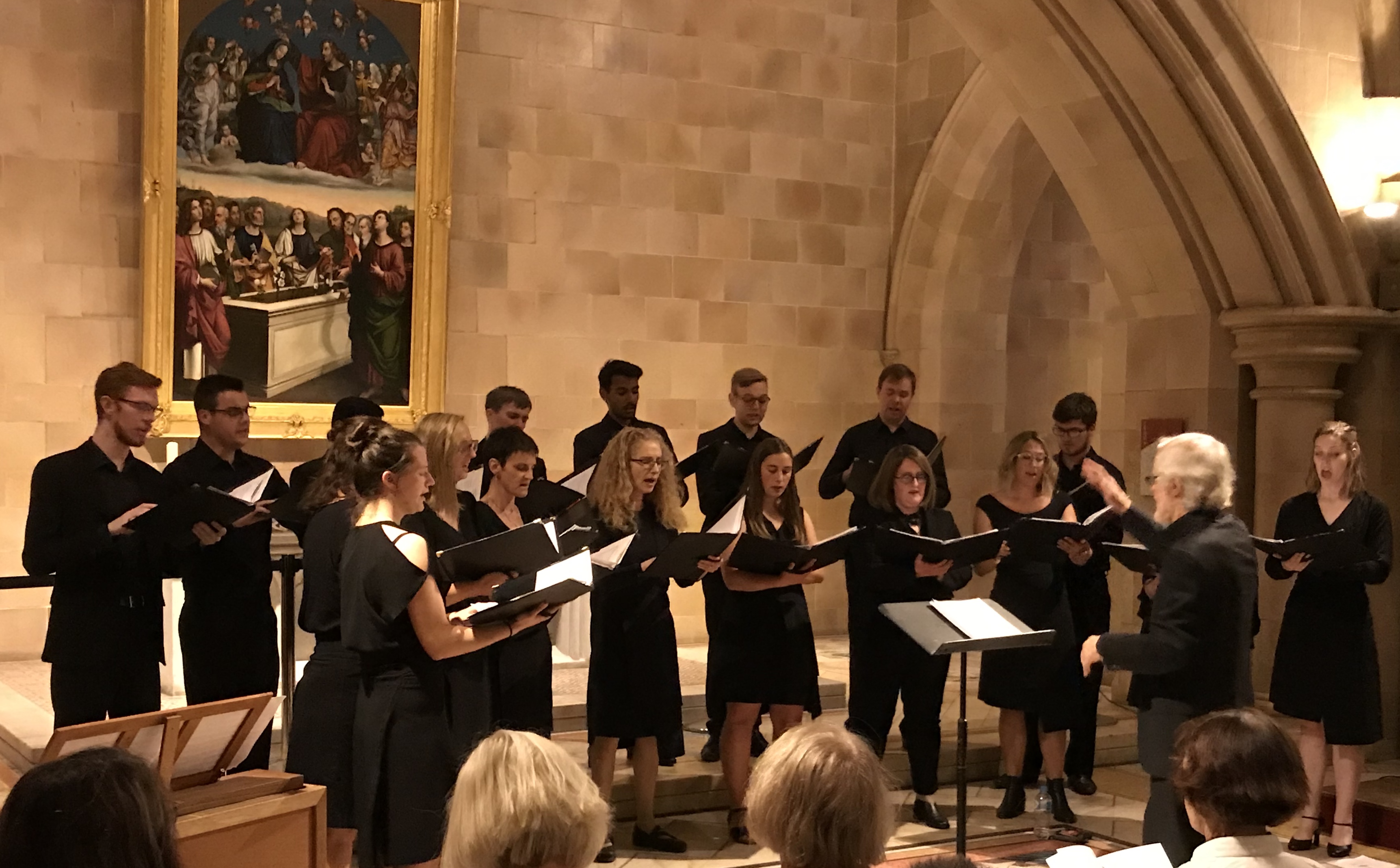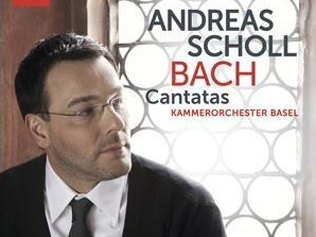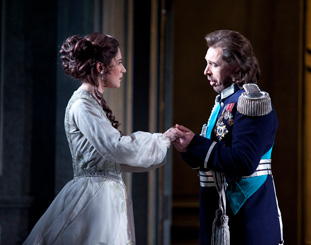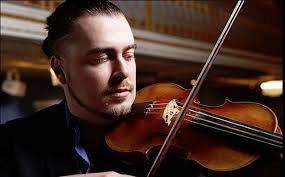Album Review: Tango de Saxos / Nexas Quartet
CD Review: Tango de Saxos /The Nexas Quartet
Da Vinci Publishing
In its CD Tango de Saxos, the Nexas Quartet demonstrates that it is more than a group of four outstanding saxophonists. They have an intimate knowledge of the tango style, and know what works for their combination of instruments. From the unison opening of Piazzolla’s Revoluçionario, already an unusual sound for those familiar with the saxophone quartet and its standard repertoire, one is alerted to a tight sense of ensemble and a keen ear from arranger Jay Byrnes, the baritone saxophonist. Piazzolla’s music is wonderfully played, in part because it is wonderful music in and of itself. With hindsight, the placing of this work (one of his later essays) first in the programme is a smart move; it is an almost perfect mix of his instinct for melody and his keen handling of what is essentially common practice harmony (e.g. movement by circle of fifths) imbued with harmonic spice. This pitch tension gives way to a more traditional sounding tango in the form of Armando Pontier’s Milongueando en al 40. The more traditional diatonicism is no less effective, but harmonic interest is maintained through some smooth parallel substitutions in an effective arrangement by Gustavo Hunt.
What follows is arguably the highlight of the disc: Byrnes’ arrangement of Piazzolla’s Angel Suite (also known as the Angel Series). The slow first movement, “Milonga del Ángel”, creates a nice change of pace, with effective alterations in the density of the ensemble texture. The soprano saxophonist, Michael Duke, shows off his skills in this movement, blending his line seamlessly with that of alto saxophonist Andrew Smith. His upper register bends are also well executed (as they will be later on), and his musical sensitivity is in evidence as he, along with tenor saxophonist Nathan Henshaw, heralds material which will recur later in the suite. The fugato opening of “Muerte del Ángel” gives way to a theme statement without the tenor, creating an interesting colour particularly when soprano and alto play high in their registers. Semiquaver tonguing, as is the case later on, is well executed. The more adventurous but arguably more rambling “Resurrección del Ángel” is no worse off – listeners will find some similarities with “Winter” from The Four Seasons of Buenos Aires, from roughly the same time period.
Duke’s own composition, Los Zapatos de Roberto, is once again a more conventional, homophonic tango, well executed by the ensemble – the baritone solos are the first substantial opportunity for Byrnes to display his virtuosity, and they come off with no hint of strain. Fernando Lerman’s Los Tres Barrios follows, a piece whose arc is harmonic and rhythmic as much as temporal, moving from pungent dissonance and syncopated call-and-response through to (relatively) diatonic harmonies and straightforward milonga rhythms as the three movements evoke adjacent neighbourhoods of Buenos Aires. That city becomes the theme for this second half of the cycle, as Hunt’s arrangement of Graciano de Leone’s Reliquias Porteñas showcases Henshaw’s melodic swagger on the tenor saxophone, and has Duke’s soprano saxophone mimicking the human voice in its upper register with unnerving accuracy.
This leads onto the main event, and the most interesting item: Duke and Byrnes’ joint arrangement of Piazzolla’s Las Cuatro Estaciones Porteñas (The Four Seasons of Buenos Aires). The liner notes mention that Piazzolla did not originally conceive of the movements as a cycle, and this may be a reason that the performers have taken the (not unreasonable) liberty of placing the movements into rough chronological order of composition: “Summer”, “Winter”, “Autumn”, “Spring”. What makes this more interesting, beyond even the addition of Daniel Rojas on the piano and Stephen Cuttriss on the bandoneon, is how well known the piece already is. Listeners are likely to know The Four Seasons of Buenos Aires in one of two versions, neither of which was for Piazzolla’s original eclectic quintet: while the standard is probably the piano trio version, anyone who has heard it is likely to use Leonid Desyatnikov’s arrangement for solo violin (originally for Gidon Kremer) and string orchestra as a reference. While the latter is intended to be more shamelessly virtuosic than this arrangement, Rojas and Cuttriss are not as substantial a textural addition as might be expected in “Summer”, and some effects (e.g. portamenti, chordal reinforcement of saxophone accents) do not quite come off as might be hoped for. The ensemble does not take long to gel however, with Cuttriss not only able to take melody lines but also providing sensitive accompaniment, whether in doubling the soprano saxophone up high in “Winter” or in reinforcing accents with Rojas in “Autumn” behind the quartet. Byrnes and Duke also have the restraint as arrangers to maintain passages where neither of the added instruments plays; the contrasts this creates are some of the most effective moments in the cycle (not to mention some choice expressive techniques, such as slap tonguing). The one shame throughout is the somewhat backwards miking of the piano; while Rojas accompanies beautifully, the already rare moments of melody or solo playing (often a thin monophony) have a slightly muffled quality, and one cannot help thinking that the piano has not had full advantage taken of it.
As Gerardo Matos Rodríguez’ La Cumparsita closes the disc, one is nonetheless left in no doubt as to the enjoyable hour or so that has passed. The Nexas Quartet are undoubtedly a fine ensemble made up of fine players; while all show off their soloistic qualities admirably, special mention must go to Smith, whose alto is often utilised in taxing background passagework which never intrudes on the soloist, and Byrnes, who maintains forward momentum through the tango ostinatos without ever belabouring his part or distracting from the other players. The programme is expertly paced, and both composers and arrangers have worked idiomatically with the quartet in a style suited to them and which they clearly enjoy. At the end of the day, this is simply a fun disc, of good music, well played.
Stephen McCarthy for SoundsLikeSydney©
Stephen McCarthy is an emerging writer and composer from Sydney, Australia. His writings on music include a series of essays on various operas; the first of these, “A Redefinition of Opera? Lay Thoughts on Seeing Philip Glass’ Akhnaten”, was published in the UNSWeetened Literary Journal. He also won the Nan Manefield Young Writers’ Award and the Senior Poetry Prize in the Mosman Youth Awards in Literature for his poem, “On the Ellipsis”.
As a composer, Stephen’s works include: for solo piano, an Improvisation, a Sonatina and a ballet after Thomas Hardy’s novel Far From the Madding Crowd; and a setting of Robert Bridges’ “Noel: Christmas Eve, 1913” for SSATBB choir.


